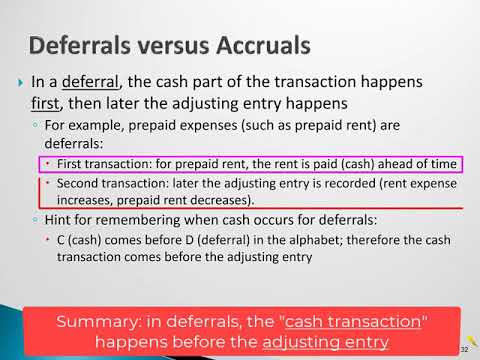Add payroll info to QuickBooks Desktop Payroll when you already paid employees this year Leave a comment

If you’re more of a visual learner, there are plenty of video tutorials for QuickBooks Payroll. We’d recommend going straight to the source and using Intuit’s version, which gives you step-by-step visual instructions and the most up-to-date version of the software. Choose Submit Payroll, and QuickBooks will take care of the rest! A summary copy of each paycheck will also be saved for your records. For payroll in QuickBooks Online, you record a check for this and everything reconciles just fine. Keep in mind, journal entries require an understanding of debits and credits.
Add employer payroll taxes
Many bookkeepers make the mistake of simply bookkeeping the net pay to payroll expense and the taxes to the employer tax expense. Here’s an example of entering third-party paychecks issued on September 1 for two employees in California. QuickBooks will also ask you for the state in which most of your employees work. If that’s the same state as where your company is based, they’re considered resident employees. QuickBooks will calculate state and local taxes, plus state unemployment insurance, and make appropriate withholdings.
How To Do Payroll in QuickBooks in 6 Steps
Once you’re all set with your payroll add-on, QuickBooks will ask you a series of questions about your employees, starting with whether or not you’ve sent out paychecks already in the past calendar year. If you’ve paid an employee within the last calendar year, you’ll need to add some year-to-date payroll is equipment a current asset information to keep your W-2 forms accurate. This important step will help prevent some headaches during tax season, so be sure not to skip it. If you’re not sure where to find it, check out the setup guide from QuickBooks for a guide to the dashboard. You also need to make sure QuickBooks has all of the information it needs to make your payroll run smoothly. This is essentially employee hours (entered by either you or them) and bank account information (for both employer and employees).
Step 3: Enter Payroll Information
- If you use QuickBooks for accounting and another service to run payroll, you still need to keep track of those paychecks in QuickBooks.
- If you have had a QuickBooks payroll subscription and wish to cancel it – you would still run through the steps to setup/activate the manual payroll options by going through the Help menu.
- If you’d like to do your payroll manually, you can track it in QuickBooks Desktop.
When you record the paychecks in the Payroll Clearing account, you still book the how much will it cost to hire an accountant to do my taxes gross pay and the withholding. The balance in the Payroll Clearing account will be negative. When all of the paychecks are in, that negative amount should be exactly equal to the amount of the net pay that comes out of the bank account. When that transaction is posted in the bank account, book it to the Payroll Clearing. Use the info from your payroll report to create the journal entry. If you paid multiple employees for the pay period, you can combine all of their paycheck totals into one journal entry.
Before we get into the two methods, you need to understand the basics, as well as the most common mistakes inexperienced bookkeepers make while entering payroll. Now you’ll need to enter the rest of your employees’ personal data and answer some other questions about how you want to run payroll going forward. You’ll only need to worry about this the first time you run payroll for a particular employee. QuickBooks will save this information in the future, allowing you to skip directly to Step 5. In the meantime, though, here’s the lowdown on the details you’ll need to add. Before you start, familiarize yourself with the QuickBooks payroll software, if you haven’t already.
Set up manual payroll without a subscription in QuickBooks Desktop

Some examples include payments for retirement plans, health insurance, or wage garnishments. These payments can include the employee-paid portion as well as the company-paid portion. This information is used to help you track how much you’ve paid and alerts you when you still owe the vendor a balance. Whatever reason a business has for not purchasing a QuickBooks Payroll subscription – sometimes they just need to be able to record actual paycheck transactions in QuickBooks manually. If you use QuickBooks for accounting and another service to run payroll, you still need to keep track of those paychecks in QuickBooks.
The other situation when you need this is if your payroll company doesn’t pull the funds out of your bank, as I described above. I’ve seen two services that take out the funds in a strange way. The payment of the withholding is what zeros out with the payroll liabilities. The employer’s share of the taxes is an expense that goes on the income statement, along with the gross payroll expense. There are some cases where QuickBooks isn’t the best option. Luckily, there are plenty of alternative payroll software available.
If you have specific questions about your Chart of Accounts, reach out to your accountant or find a ProAdvisor. Sign up for a new QuickBooks Desktop Payroll subscription or reactivate an old account. This makes it that much more important to book it after-tax cost of debt and how to calculate it correctly.
